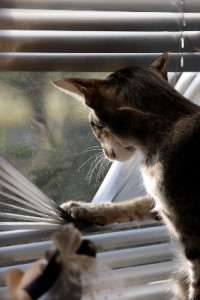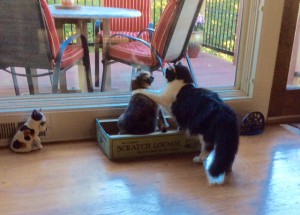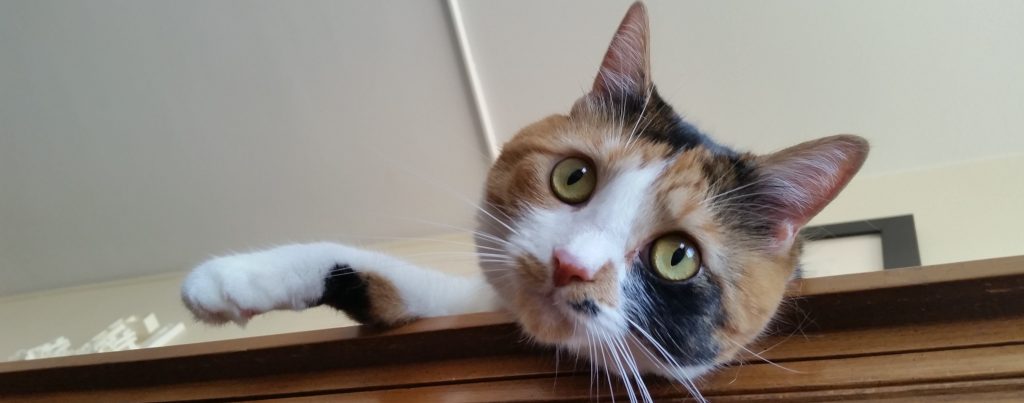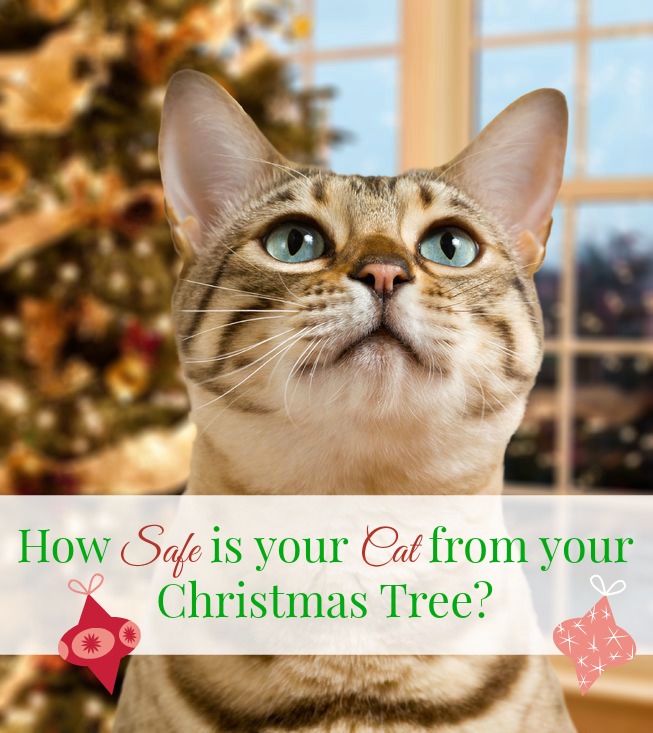No one likes to leave their fur babies at home. This applies whether they go away on vacation, for the holidays or even for a quick get-away weekend. Even if you have pet-sitter extraordinaire caring for kitty, you know she gets lonely for you and only you. So what’s a good pet parent to do? Take her with you, of course! Travel with your cat!
According to the Roanoke Times, 78 percent of Americans travel with their pets each year. That’s a lot of people and animals taking to the road and airways!
Travel Tips
Traveling with any animal can be challenging. Fortunately, MyThreeCats.com offers easy solutions. We want to make your trips relaxing, safe, and even loads of fun for both your human and your furry feline friend.
Keeping your beloved pet safe is always your priority so a sturdy, durable cat carrier is a must for short day trips to the veterinarian or long rides to your family cabin or favorite beach. Your cat will love the new Expandable Cat Carrier with its foldaway canopy and poly lounge pad that makes it paw-sible for her to stretch out and get comfortable for the ride! You will love the lightweight, stylish carrier that folds flat for storage and travel, making it both attractive and functional. Take a close look at this innovative new Carrier.
So, you’ve reached your destination! Now, how do you keep your cat both safe and happy? She’s meowing up a storm to get out of the carrier and explore her new surroundings, but you can’t just let her have the run of the beach. Problem solved! She can be safe both indoors and outdoors playing in her durable Portable Cat Playpen that’s a breeze to set up and folds flat to fit back into its convenient travel bag. Durable polyester and mesh vents allow your pet to enjoy fresh air. Plus she has a purr-fect view of all the tempting creatures outside as she does at home in the front yard. It’s available in two sizes so dogs can also enjoy it and the rousing attention from onlookers walking their envious pets nearby.
You’ve been traveling all day and like you, your feline companion is ready for a nice long cat nap! Her portable cat playpen is now folded and safely stored in the car. You’ve reached your destination, so she is now meowing loudly, reminding you that it’s time for her favorite hideaway, the Lucy Cat Cave (mythreecats.com).
The lightweight home is shaped like a cone with a comfortable, washable cushion. Easily rolled up for travel, the cave serves like a familiar “mobile home” wherever your travels take her. As with all furniture featured at MyThreeCats.com, the Lucy Cat Cave is designed to blend with any home décor. See more luxurious and charming cat cave designs at Luxury Cat Beds for Sale | Quality Cat Hideaway Beds (mythreecats.com)
So, plan your next trip and pack your car! Kitty is excited about his next excursion, and with help from mythreecats.com, you can be, too! Don’t be surprised if she creates her own travel blog!




